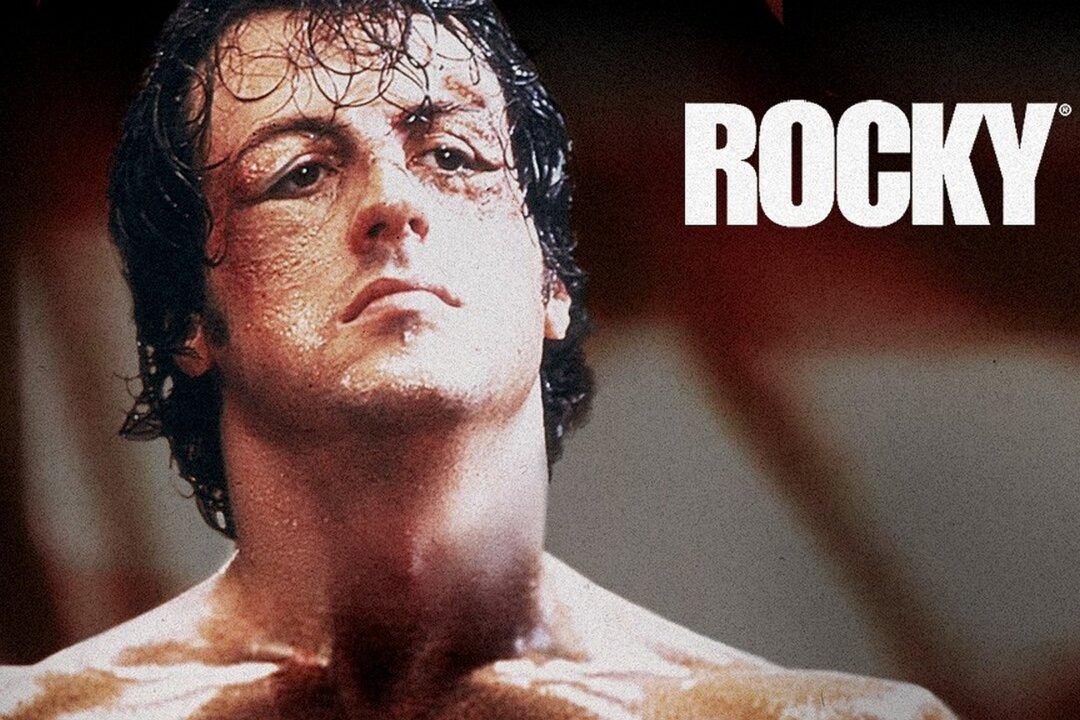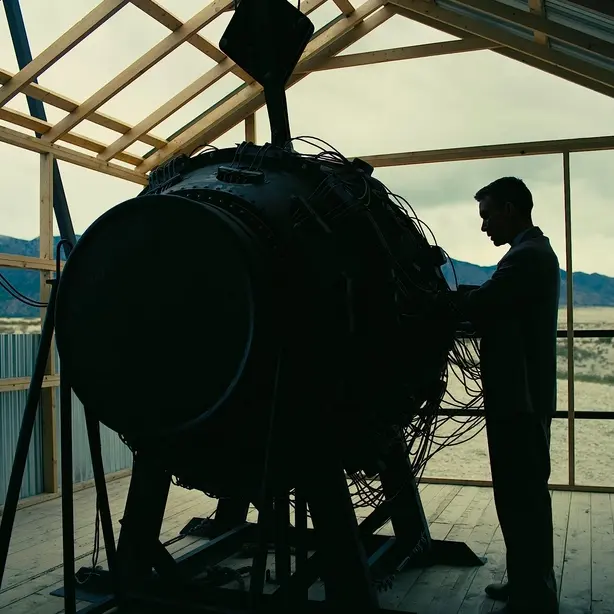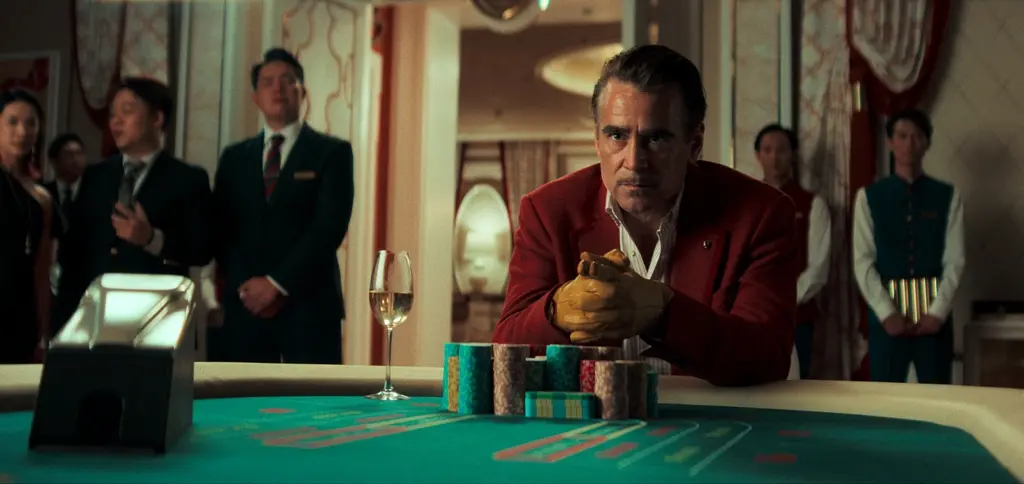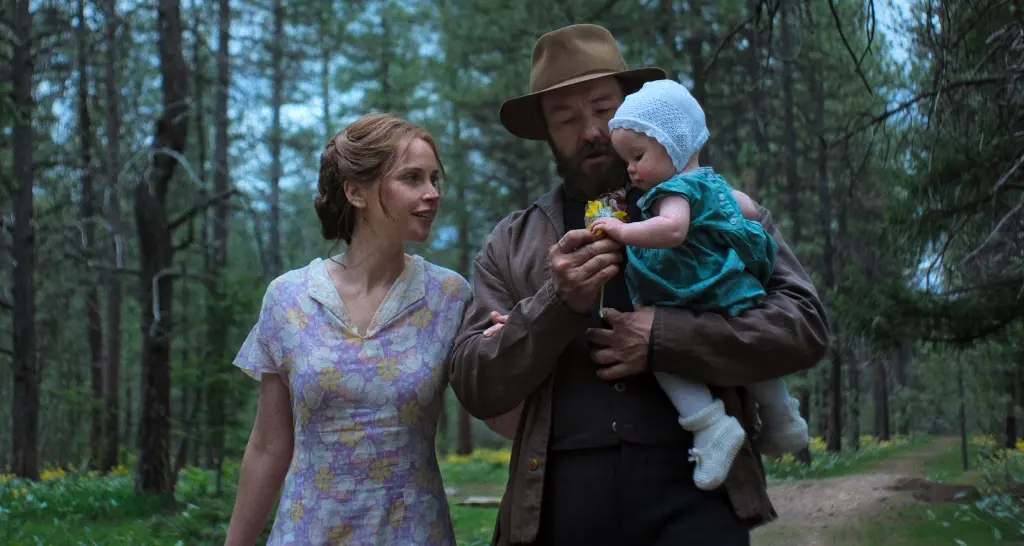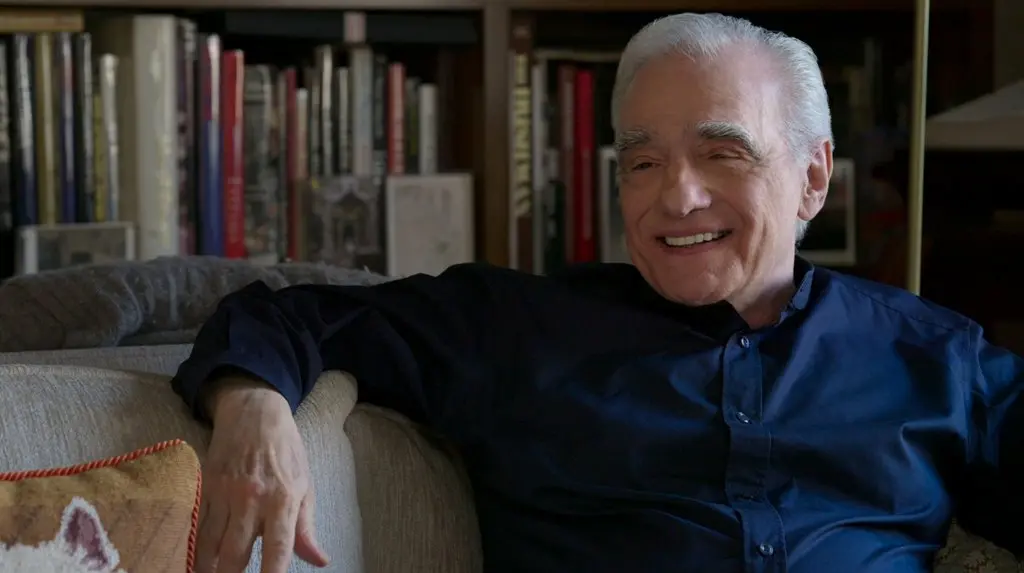The Big 5 movie studios in Hollywood—Universal, Paramount, Columbia Pictures, Warner Bros., and Disney—started up early in the 20th century. Part 1 shows how they have dominated the motion picture industry since then. But times were a‘changin’.
Not quite 10 years old in 1976, the artistically rich and financially successful American New Wave (ANW) movement was reaching the end of its reign. Nonetheless, the five Academy Award Best Picture nominees for that year were all ANW titles, three from independent distributor United Artists (“Network,” “Bound for Glory,” and “Rocky”) and two from the Big 5 major studios: “All the President’s Men” (Warner Bros.) and “Taxi Driver” (Columbia).

